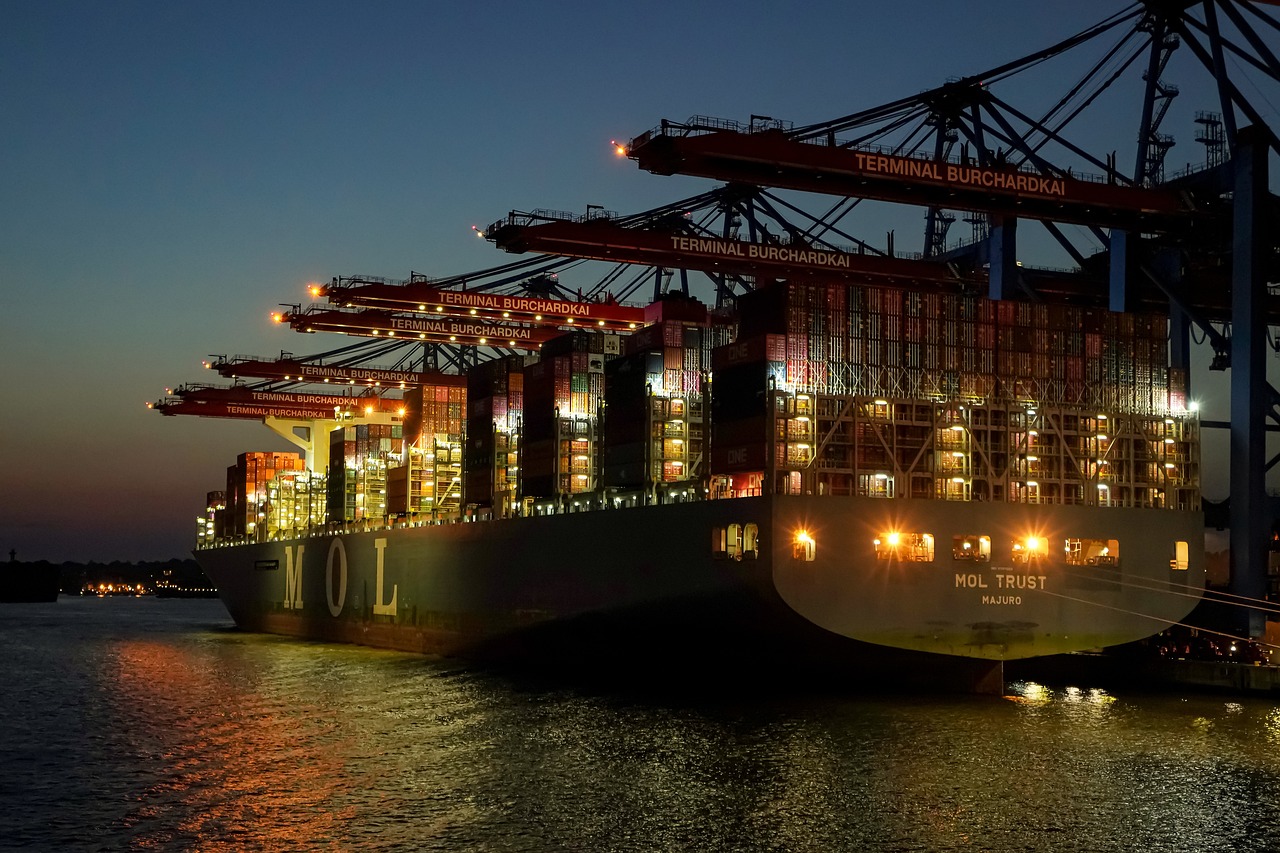Table of Contents
The steel industry plays an intricate role in shaping modern civilization, with steel supply dynamics becoming increasingly complex. This article delves into the multifaceted aspects of steel production, trade, and the factors shaping its future.
• The Global Steel Supply Chain: An Overview
The steel supply chain is a vast network that extends from raw materials extraction to finished steel products reaching end-users. Central to this network are the raw materials, primarily iron ore, coal, and limestone, which are often sourced from various parts of the world. The procurement, transportation, and processing of these raw materials involve a web of logistics that requires synchronization among multiple stakeholders.
Steel mills transform raw materials into intermediate and final products, ready for diverse applications. This supply chain is heavily influenced by geopolitical factors, regulatory frameworks, and technological advancements. Furthermore, the increasing push for sustainability is reshaping how companies approach resource procurement and energy consumption, making the supply chain dynamic and responsive to global trends and disruptions. Understanding this interconnected network is crucial for industries dependent on steel and for policymakers aiming to fortify supply resilience.
• Technological Advancements in Steel Production
Technological innovations are reshaping steel production, boosting efficiency, and reducing environmental impact. Traditional steelmaking methods, such as the blast furnace-basic oxygen furnace (BF-BOF) process, are increasingly augmented with electric arc furnaces (EAF), which allow for greater flexibility and lower emissions. Automation and digital technologies, including artificial intelligence and the Industrial Internet of Things (IIoT), are optimizing every aspect of steel production from raw material input to product refinement. These technologies enable predictive maintenance, reduce downtime, and enhance quality control. Additionally, advancements in metallurgy have led to the development of high-strength, lightweight steels tailored for specific applications such as automotive, construction, and aerospace industries. The integration of renewable energy sources and green hydrogen in steelmaking processes is a significant leap towards decarbonizing the industry. These technological advancements not only streamline operations but also position the steel industry to meet future demand patterns sustainably.
• Economic Factors Influencing Steel Prices
The prices of steel are subject to fluctuations driven by a complex interplay of economic factors ranging from demand and supply dynamics to international trade policies and currency exchange rates. On the demand side, global economic health, industrial activity levels, and infrastructure investments play pivotal roles. For instance, burgeoning economies with accelerating construction projects or burgeoning automotive production drive up steel demand and, consequently, prices. On the supply side, the availability of raw materials, production capacity, and the operational efficiency of steel mills influence market prices. Trade policies, including tariffs, sanctions, and bilateral trade agreements, further add layers of complexity by impacting cross-border steel trade flows. Additionally, macroeconomic factors such as inflation rates and currency strength can affect the purchasing power and the pricing of imported steel. Understanding these economic variables is vital for stakeholders in the steel industry to navigate market uncertainties and formulate strategies that mitigate price volatility.
• Sustainable Practices in the Steel Industry
Sustainability has become a cornerstone for the future of steel production as environmental concerns push industries towards greener practices. The adoption of recycling and circular economy principles is gaining traction, with scrap steel becoming a valuable resource in reducing the reliance on virgin raw materials. Integrating electric arc furnaces, which use scrap metal as a primary feedstock, significantly cuts down carbon emissions compared to traditional blast furnace methods. Moreover, companies are investing in carbon capture and storage technologies to mitigate emissions from existing steel plants. The shift towards renewable energy sources like wind, solar, and hydropower within steelmaking facilities is also on the rise. Innovations such as utilizing green hydrogen as a reducing agent in place of coke promise a drastic reduction in greenhouse gas emissions. These sustainable practices are crucial in aligning the industry with global climate goals and in establishing steel as an integral yet environmentally friendly material for future development.
• Future Outlook: Challenges and Opportunities
The future of the steel industry is shaped by an array of challenges and opportunities that necessitate strategic foresight and innovation. Key challenges include addressing carbon emissions to comply with stricter environmental regulations, coping with geopolitical tensions that affect trade, and dealing with raw material scarcity. As nations and industries ramp up their efforts towards net-zero emissions, the steel sector faces the daunting task of overhauling traditional production methods. However, these challenges also present opportunities for growth and transformation. The advent of new technologies, such as advanced high-strength and ultra-light steels, opens new markets and applications. The expanding demand for infrastructure in emerging economies presents a continual growth prospect. Furthermore, collaborative efforts across the global supply chain can lead to more resilient and efficient production systems. By leveraging technological innovations, embracing sustainable practices, and navigating economic and geopolitical landscapes effectively, the steel industry can forge a robust future marked by both resilience and growth.
